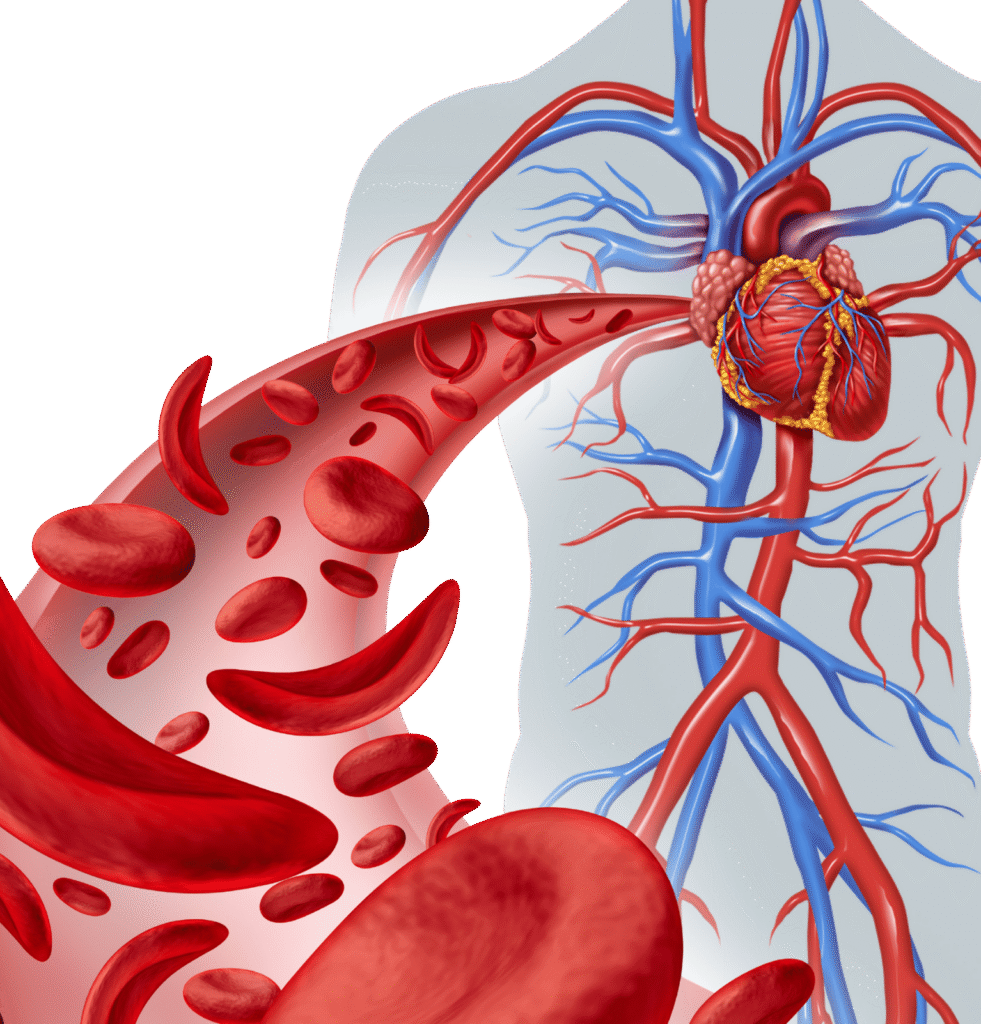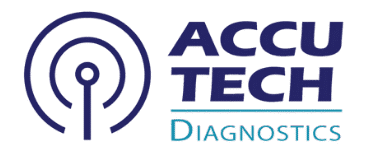Treatment Monitoring
"Treatment monitoring" refers to the ongoing process of assessing a patient's response to a prescribed therapy or intervention. The goal is to determine if the treatment is effective, safe, and achieving its intended outcomes, and to make necessary adjustments to optimize patient care.
Key Purposes of Treatment Monitoring
It's a dynamic process that ensures the patient is receiving the right treatment, at the right dose, for the right duration.
Assess Efficacy
Is the treatment working as intended? Are the patient's symptoms improving? Are disease markers decreasing?
Ensure Safety
Is the treatment causing any adverse effects, side effects, or toxicities?
Optimize Dosing
Is the patient receiving the optimal dose? Is the drug level within the therapeutic range?
Prevent Recurrence/Progression
For chronic diseases or cancers, is the treatment preventing the disease from returning or worsening?

Detect Non-Adherence
Is the patient taking the medication as prescribed?
Identify Resistance
For infections or cancers, is the pathogen/cancer developing resistance to the treatment?
Methods and Tools for Treatment Monitoring:
Treatment monitoring employs a variety of methods, often combining clinical assessment with objective diagnostic tests.
Clinical Assessment
- Symptom Tracking: Asking the patient about changes in their symptoms (e.g., pain levels, fatigue, fever, shortness of breath).
- Physical Examination: Observing changes in physical signs (e.g., swelling, rash, organ size).
- Functional Status: Assessing the patient’s ability to perform daily activities.
- Quality of Life: Evaluating the overall impact of the disease and treatment on the patient’s well-being.
Imaging Studies
- Purpose: Visually assess changes in tumors, organ size, or disease progression.
- Examples: CT scans, MRI, PET scans to track tumor size in cancer patients; echocardiograms to monitor heart function in heart failure.
Laboratory Tests
Laboratory tests are often indispensable for objective and quantitative treatment monitoring.
- Therapeutic Drug Monitoring (TDM):
- Purpose: Measures the concentration of certain drugs in the patient’s blood to ensure it’s within the “therapeutic window” (high enough to be effective, low enough to avoid toxicity).
- Examples: Monitoring levels of antibiotics (e.g., vancomycin, aminoglycosides), immunosuppressants (e.g., tacrolimus, cyclosporine, sirolimus in transplant patients), anti-epileptic drugs (e.g., phenytoin, carbamazepine), cardiac drugs (e.g., digoxin).
- Disease Markers/Biomarkers:
- Purpose: Measure specific substances in the blood or other fluids that reflect disease activity or burden. A decrease often indicates treatment response.
- Examples:
- Diabetes: HbA1c (long-term glucose control), fasting/postprandial glucose.
- Infections: Viral load (e.g., HIV RNA, HBV DNA, HCV RNA) to assess antiviral therapy effectiveness; CRP/ESR for inflammation.
- Cancer: Tumor markers (e.g., PSA for prostate cancer, CEA for colorectal cancer, CA-125 for ovarian cancer, M-protein/Free Light Chains for multiple myeloma).
- Autoimmune Diseases: CRP/ESR for inflammation, specific autoantibody titers.
- Kidney Disease: Creatinine, eGFR to assess kidney function with various treatments.
- Liver Disease: Liver enzymes (ALT, AST, ALP, GGT), bilirubin to assess liver function.
- Complete Blood Count (CBC) with Differential:
- Purpose: Monitor for side effects of treatments (e.g., chemotherapy-induced myelosuppression leading to low white blood cells, red blood cells, or platelets).
- Examples: Monitoring neutrophil counts during chemotherapy to assess infection risk.
- Organ Function Tests:
- Purpose: Monitor for drug-induced toxicity to organs or assess the impact of treatment on organ health.
- Examples: Liver function tests (LFTs) for hepatotoxic drugs, kidney function tests for nephrotoxic drugs.
- Coagulation Tests (PT/INR, aPTT, Anti-Xa):
- Purpose: Monitor the effectiveness and safety of anticoagulant therapies (blood thinners) to prevent clots while minimizing bleeding risk.
Importance of Effective Treatment Monitoring
In a diagnostic laboratory, treatment monitoring is a high-volume and critical activity, providing the objective data that clinicians rely on to make informed decisions throughout a patient's treatment journey.

Improved Patient Outcomes
Ensures patients receive optimal care, leading to better health results and quality of life.
Enhanced Safety
Reduces the risk of adverse drug reactions and complications.
Cost-Effectiveness
Prevents unnecessary treatment, identifies ineffective therapies early, and avoids costly complications.
Personalized Medicine
Allows for tailoring treatment to individual patient responses and needs.
Early Detection of Progression /Relapse
Enables prompt intervention if a disease is worsening or returning.

